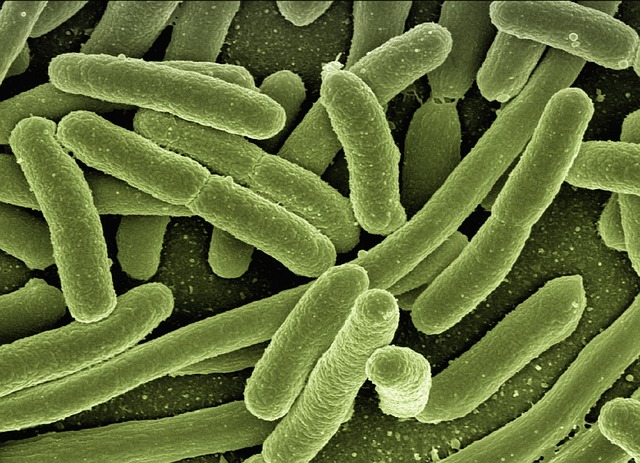The intricate web of life that sustains our planet is increasingly under threat from various human actions, notably deforestation and climate change. Among the consequences of these actions lies a lesser-known but deeply concerning health issue: Creutzfeldt-Jakob disease (CJD). As we delve deeper into the connection between environmental degradation and this rare degenerative disease, we begin to understand the broader implications of our relationship with nature.
Creutzfeldt-Jakob disease is an uncommon, yet devastating neurological disorder that affects about one in a million people. It leads to rapid cognitive decline, personality changes, and ultimately, severe disability and death. The tragic fate of those diagnosed strikes a chord with many, showcasing the fragile nature of human health in the face of ecological crises. But how does this disease link to deforestation?
Deforestation has accelerated at an alarming rate across the globe, driven by agriculture, logging, and urbanization. As forests are cleared, a host of environmental changes unfold. Wildlife habitats are disrupted, leading to increased human-wildlife interactions, which can facilitate the transmission of diseases. The uptick in zoonotic diseases—those transferred from animals to humans—raises alarms. While the direct link to Creutzfeldt-Jakob disease is not fully established, the disruption of ecosystems increases the potential for new prion diseases to emerge.
Climate change, exacerbated by deforestation, adds another layer to this complex issue. Altered weather patterns can impact animal behaviors and habitats, making it harder to predict the interaction between species. The melting of polar ice and other shifts in ecosystems can also affect where certain animals migrate and how diseases spread. As our climate becomes ever more erratic, the pathways for diseases, including potential prion infections associated with CJD, become more complex and unpredictable.
Moreover, the deforestation-induced loss of biodiversity limits our understanding and treatment of various diseases. The rich tapestry of ecosystems holds secrets to discovering cures and preventing outbreaks. As we chop down forests, we not only lose flora and fauna but also invaluable resources for future medical advancements and the knowledge they bring about our health.
In tackling climate change, we are also addressing public health concerns such as Creutzfeldt-Jakob disease. Preserving forests leads to a multitude of ecological benefits, including improved air quality, enhanced carbon storage, and a balanced ecosystem that can help mitigate the emergence of new diseases. A healthy environment supports a healthy population, reinforcing the connection between nature’s preservation and our well-being.
Awareness and proactive measures are crucial as we navigate these interconnected challenges. Engaging in sustainable practices, supporting policies that protect forests, and reducing our carbon footprint are essential steps toward safeguarding both our planet and our health. The fight against climate change is not merely an environmental issue; it is a fight for our lives and our future.




